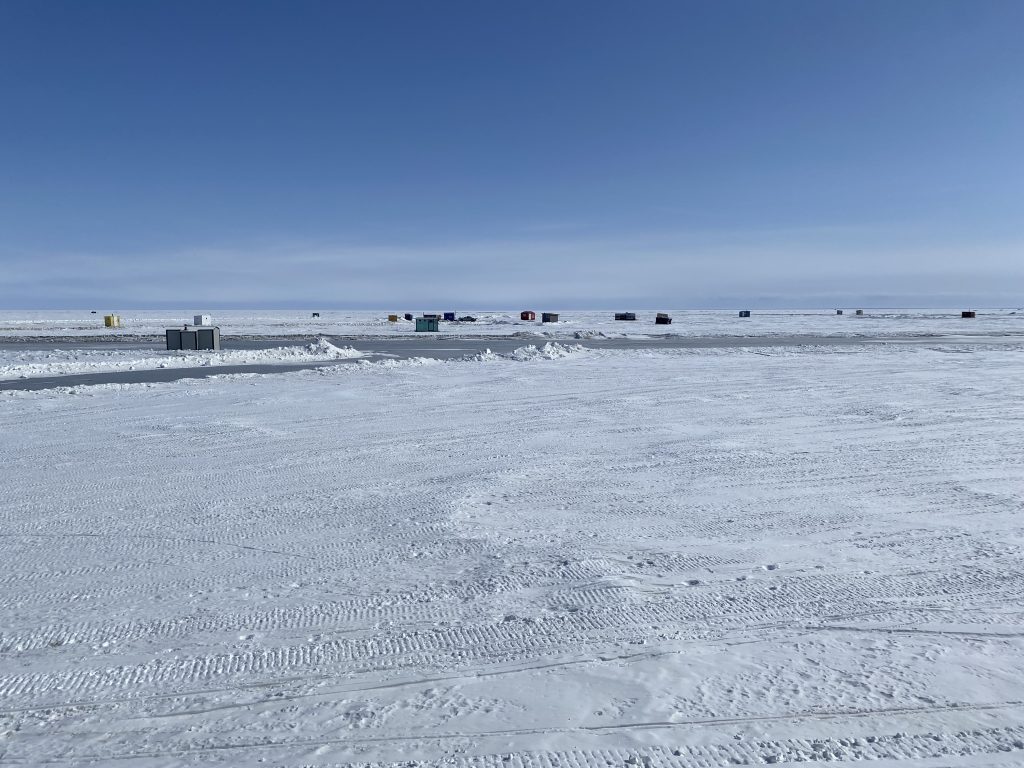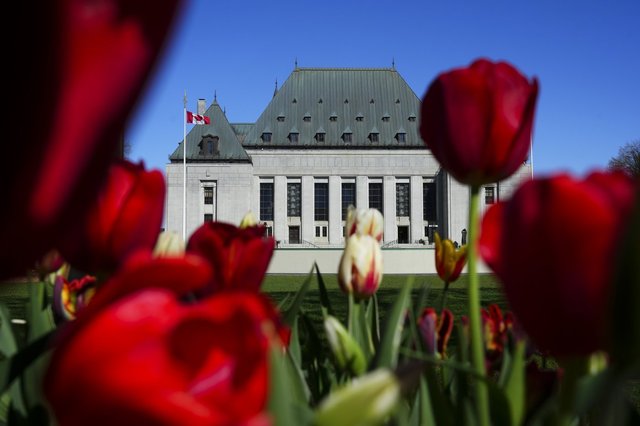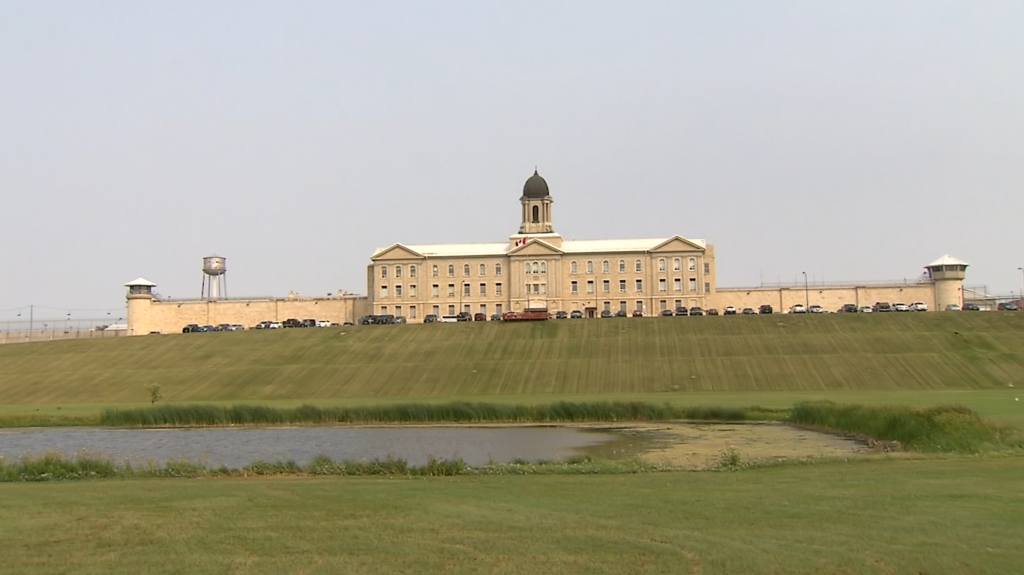Lake Winnipeg at risk of becoming dead lake: Experts
Posted March 22, 2023 5:37 pm.
Last Updated March 22, 2023 7:23 pm.
One of the world’s biggest lakes, located in Manitoba, is in danger of dying.
Lake Winnipeg is known for its fishing, beaches, and biodiversity, but the vast body of water is in danger of becoming a dead lake.
“Lake Winnipeg is considered to be one of the world’s most endangered lakes,” said Mike Jensen, the Planetarium and Science Gallery program supervisor.
Lake Winnipeg is the 10th largest freshwater lake in the world. Its watershed spans one million kilometres, draining 90 per cent of the agricultural land in Canada. But Mike Jensen says it’s in danger of becoming a dead lake.
The lake is at the base of the Lake Winnipeg watershed, meaning all of the water from cities like Edmonton, Calgary, and Winnipeg drains into the lake.

Map showing the watershed of Lake Winnipeg. (Photo Credit: Alex Karpa)
“You start to get this influx of algae blooms, that’s cause by nutrients, phosphorus especially, that’s coming from our detergent, fertilizer, sewage. What that is doing is choking out our lake. It is choking the biodiversity of the lake, because it is simply robbing our lake of oxygen,” explained Mike Jensen, planetarium & science gallery program supervisor at the Manitoba Museum.
Winnipeg Beach is located on the west shore of the south basin of Lake Winnipeg. It’s home to about 2,000 people in the winter and well over 6,000 in the summer.
Winnipeg Beach Mayor Pam Jackson says the town relies heavily on the fishing and tourism sector. She says if the lake dies, so will those industries.
“There are lots of people who depend on this lake. Water is life. We have water running through the veins of our body that keep us alive. We have water that runs through the veins of our earth that keeps us alive. We can’t let it die. We have to do everything we can to make that not happen.”



There are several organizations across Manitoba that are dedicated to preserving and saving Lake Winnipeg, the East Interlake Watershed District in Gimli, Manitoba is one of them.
Armand Belanger, manager of East Interlake Watershed District, says his group is undertaking several projects to improve and maintain soil quality, water quality, and other natural assets.
“These are areas where water hits the ground, it will slow down the water, filter the water before it reaches places like Lake Winnipeg, which helps reduce the phosphorus load heading into Lake Winnipeg,” said Belanger.
Belanger says the health of the lake depends on how we manage and take care of the land that flows into the lake.
“So if we highlight these natural assets in the watershed and either enhance, protect or maintain them, we can really improve the state of Lake Winnipeg.”
Jensen says it’s important for everyone to watch their water intake. “Think about your choices, look at the options. There are things that have low phosphorus, detergents, shampoos. Individually, you make an impact and of course collectively, we make a massive impact.”








